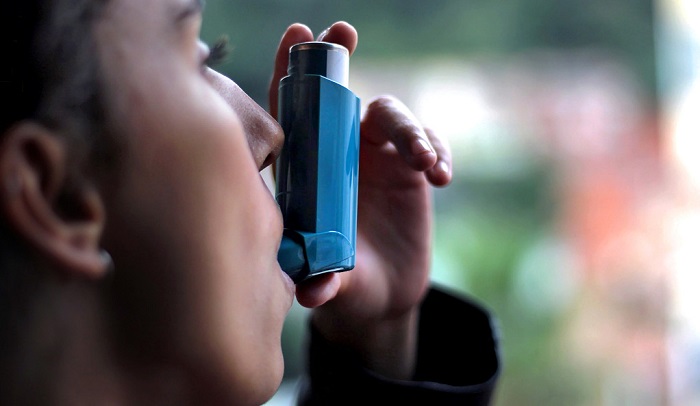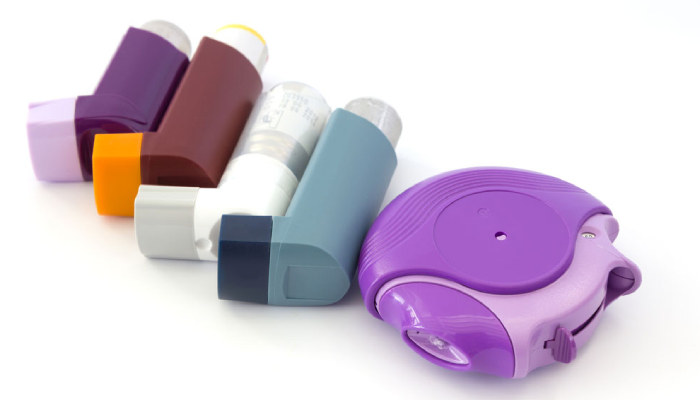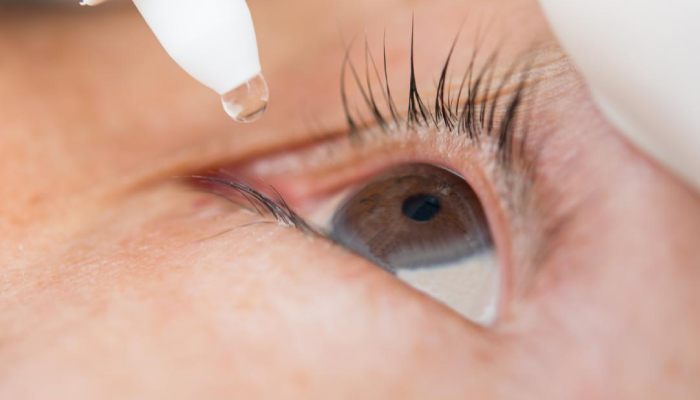Diagnosis And Medical Treatments For Asthma

Diagnosis And Treatment For Brain Tumours
March 18, 2020
Know about the medical treatments for acne
March 22, 2020Breathing, respiratory and lung diseases often hamper an individual from leading a normal healthy life. Asthma is a chronic pulmonary disease, which means that it is a long-term condition of the lungs. There are known medical treatments for asthma that help in early diagnosis and treatments. Breathing assistance is of foremost importance in case of asthma patients. Inflammation that occurs in the lungs or the respiratory tract leads to breathing difficulty, and most of the time makes the person weak and unable to speak.
Only under proper diagnosis, care and treatment could a person progress towards recovery. The first and foremost sign of a living individual is always their breathing. Any difficulty in this action often trickles down to all other parts of one’s life. This is a sad reality that needs to be kept in check. Tightness in the chest, shortness of breath, coughing and wheezing are few of the common symptoms of asthma.
Read More About : Causes, Diagnosis And Medical Treatments For Autism
Tests For Lung Performance
The physician looks for a medical history and tries to analyse the symptoms of the patient to detect the correct medical treatments for asthma. The patients are often advised to undergo tests that detect the functioning of the lungs. These tests help the medical practitioner to understand the type of asthma. A simple check of air volume that is breathed out could be done by spirometry. This is a simple pulmonary function testing equipment that has a sensor placed at the mouth of the patient, which detects breath and is conveyed to the machine. For efficient exhale measurement, a nose clip is placed on the patient’s nose to avoid any air leakage through the nose.
There are other tests to measure exhalations and can be done at the comfort of the patient’s home by themselves. The peak flow meter is one such device that could measure the peak expiratory flow rate. The speed at which a person exhales could be measured in litres per minute using an easily readable scale on the device. The patient has to blow through the mouthpiece, and the device measures the flow rate. It is an indicator for patient self-help to recognise if their medication was working or not. The patient would be able to confirm if they detected something wrong.
In case lung functioning anomalies are not detected by these two tests, there is another one. It uses medicine that stimulates the respiratory tract. The spirometry test is done both before and after the medication is ingested. In the case of asthma patients, on inhaling methacholine, the air passageway narrows and affects the lung performance afterwards. If the change is seen lower than 20% of whatever shown, there is a high probability that the patient has asthma. In that case, the physician shall provide another medicine to bring down the effect of methacholine.
One more test may be suggested as and when the severity of other symptoms prevail. This is to measure the nitric oxide present in the exhaled air. This test uses a device similar to the one used in a spirometry test. Here, the exhaled air is measured for the volume of nitric oxide in it. The presence of nitric oxide gas volume is usually much higher in case of asthma patients. This is due to the inflammation of their air passageways.

Diagnostic Scans Of Lungs
X-rays and scans are the next best tool to identify the finer details that are required to prescribe medical treatments for asthma. X-rays are radiation emitted into the body to detect any issues with internal structures. A doctor may suggest x-rays to ensure that the symptoms may not be due to any other diseases within the lungs or chest. Chest x-rays could reveal if there are issues such as a foreign object stuck in the airway or even pneumonia in the lungs. Symptoms of these are sometimes confused for asthma.
Computerised Tomography Scan, also known as a CT Scan or CAT Scan is an advanced form of X-ray that could give three-dimensional images of internals. Multiple images are captured, and they are rendered to generate a three-dimensional model. The structure of the lungs, when observed internally, could bring light on other possible problems that could lead to breathing difficulties. It could be even infection in the sinuses that affect the breathing, and to zero in on the exact issue, physicians rely on CT scans along with other tests. Since the medical history of the patient is also crucial for this, a doctor looks carefully at all data before concluding about the diagnosis.

Tests For Allergies
To know what causes the asthma attacks, doctors suggest a set of allergy tests that could help them in deciding medical treatments for asthma of the patient. Blood tests and skin tests are the most common allergy tests. The skin test is the fastest and could give the allergy test result within 15 minutes of waiting. The blood test is often slow in returning the results.
A skin test is a scratch test. It is done by pricking on the outer layer of the skin with a small scratch. A tiny bit of allergens like dust, pollen, mould, hair or food is put on that part. If there is a swelling or red colouration, the test is positive. Positive results infer the allergy. A variety of allergens could be tested over a short period. A blood test is when a sample of blood is collected from the patient and analysed in the laboratory. It may take a few days to a week in returning the blood test results.
The mucus is a secretion that lines the wall of the respiratory tract. When mucus and saliva are coughed up from the air passageway as a result of disease or infection, the mixture is called sputum. Sputum could also be tested for white blood cell presence. White blood cells are called eosinophils, and if the presence of eosinophils is high in the saliva and mucus mixture, there is a chance of inflammation of the airway or infections that are similar and could be related to asthma. This test is called the sputum eosinophil test.




